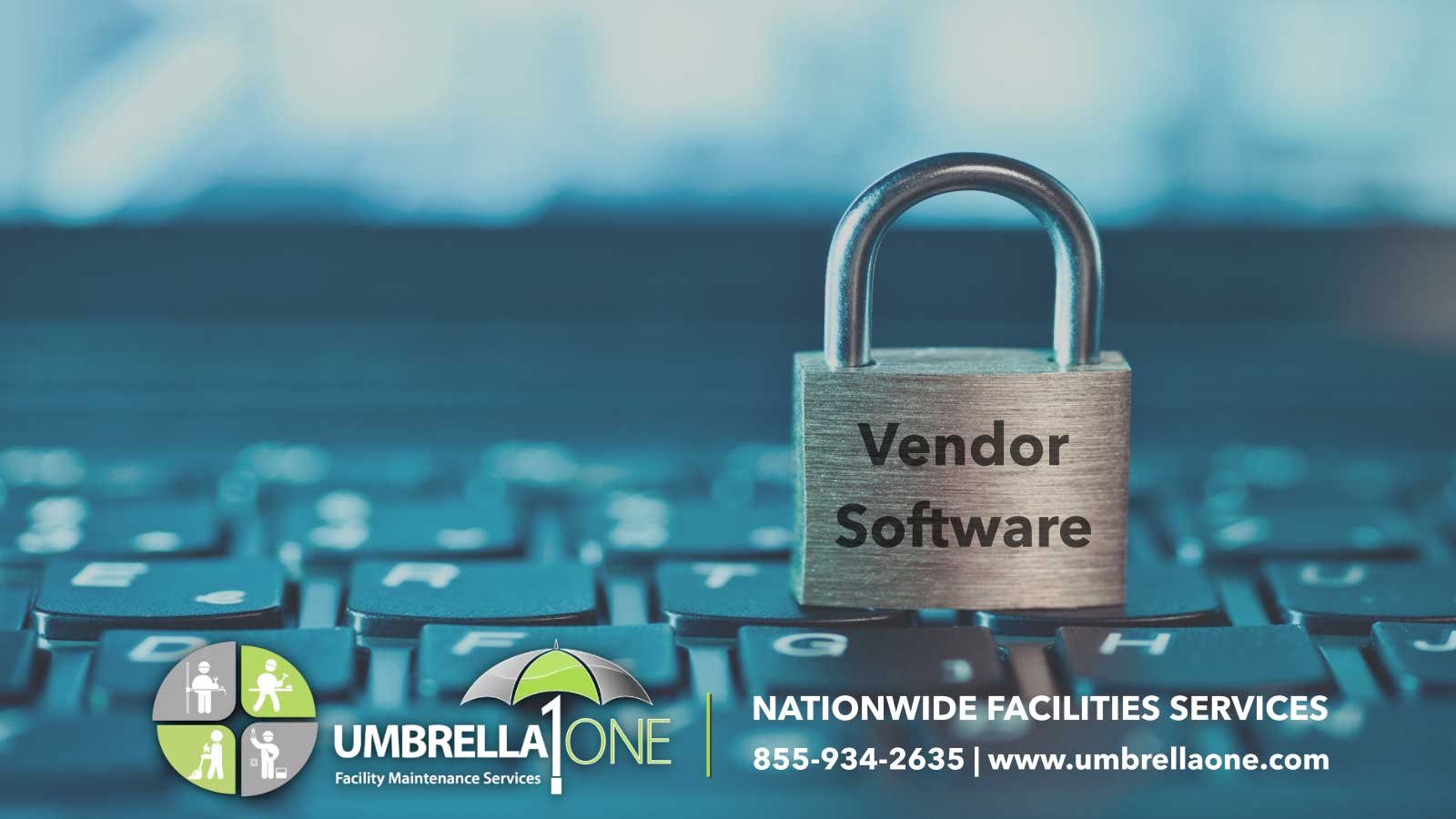Outsourced facility maintenance companies and Saas. A risky combination if not separated.
No FM program is complete without a work order software platform to dispatch service requests and a vendor network to receive them. While the two components go hand in hand, there are issues to consider when both originate from the same source. Here are pitfalls to contemplate before you become unknowingly dependent on a vendor’s proprietary service request software.
- First and foremost, Data migration and “vendor lock-in.” When an issue arises, it will be challenging to switch to an alternative solution or migrate your data if you decide to discontinue the vendor’s service. Even if you’re content with the software, discontinuing service relationships can be a catalyst for a complete software migration. This can lead to a loss of flexibility and a disruptive re-training period to your operations.
- Limited reporting and software redundancies will occur. The vendor will only expedite and report on services that they offer. Other trades will need to be managed through a separate work flow program.
- Another issue centers on ownership and control of the software. Unlike dedicated software development companies, maintenance providers may have limited customization capability or a lack of willingness to accommodate your specific development requests due to conflicts with their own operational goals.
- Limited compatibility to integrate well with other corporate systems or platforms your company requires. This can ultimately hinder workflow efficiency and require additional resources or workarounds to ensure smooth operations.
- Relying solely on a vendor’s proprietary software means trusting their security measures and data handling practices. In case of vulnerabilities or breaches, you have little control over how the vendor addresses these issues, potentially putting your sensitive information at risk.
- Although unlikely, there is always the possibility that the software may be discontinued or no longer supported by the vendor, leaving you with no option but taking on a time-consuming transition to a new platform.
Today there are many reputable FM software options whose sole goal is to offer comprehensive maintenance processes to address all trades, equipment and data storage. They work hard to ensure compatibility and integration competencies, provide flexibility via customizations, support long-term sustainability, and have the freedom to change vendors with little to no interruption to your already established procedures.







